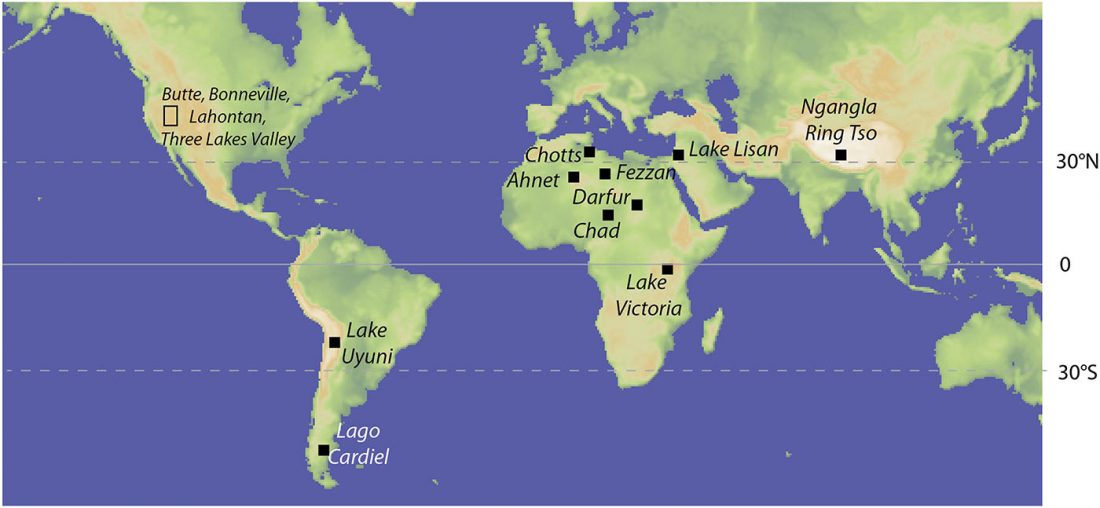New paper (behind paywall) Demographic and Genetic Portraits of the Ulchi Population, by Balanovska et al. Russian Journal of Genetics (2018) 54(10):1245–1253.
Interesting excerpts (emphasis mine):
… Read the rest “The Tungusic Ulchi population probably linked to haplogroup C2b1a”Marital structure. The intensity of interethnic marriages puts the existence of the Ulchi population at risk. The colorful ethnic composition of the Ulchi settlements is reflected in the marriage structure [see featured image]. We found that the proportion of single-ethnic marriages of the Ulchi is on average 51%. The greatest number of such marriages takes place in the village of Bulava. Marriages of Ulchi with Russians are in second place. Marriages with indigenous


